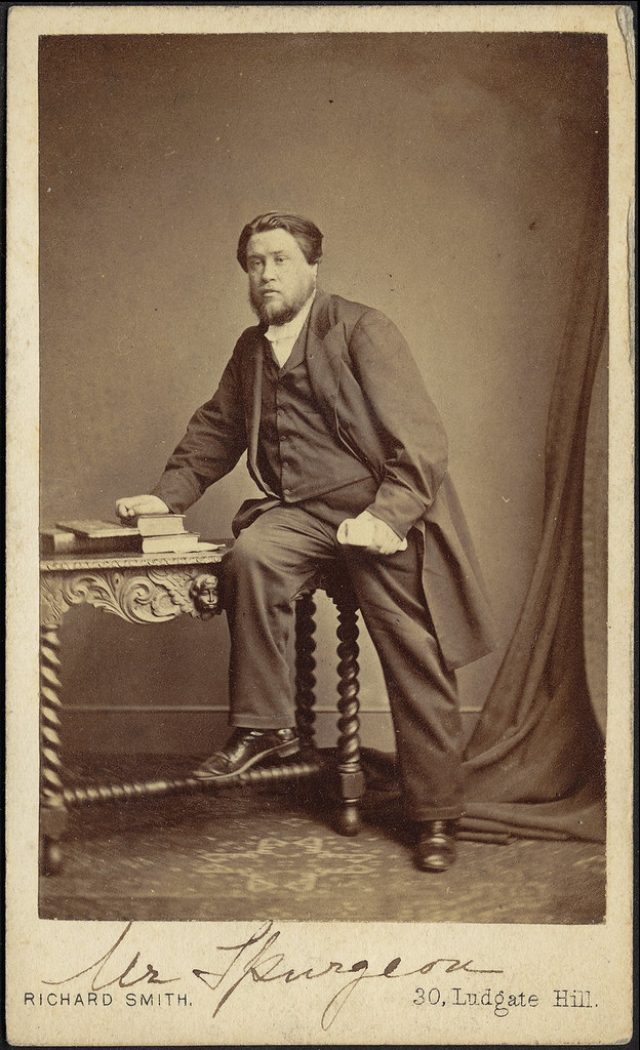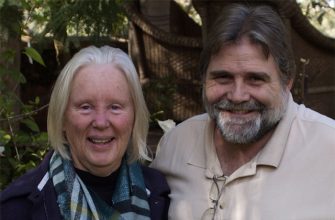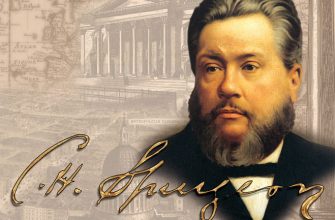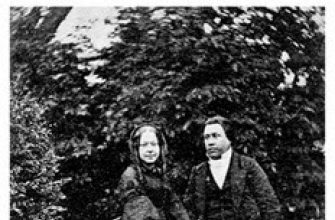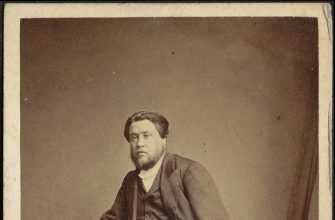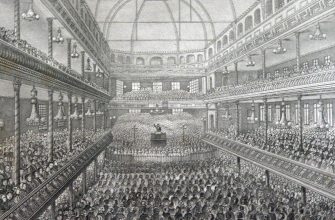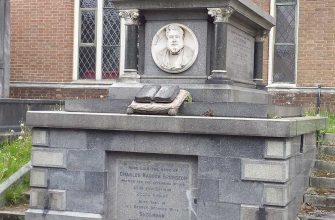While many historians have written descriptions of the conversion of C.H. Spurgeon, we turn to Dr. Michael Haykin in “The Life and Legacy of Charles Haddon Spurgeon” for the following recounting of the experience.
To set the context, Charles was planning to attend church with his father in Tollesbury, some distance from his home, but due to inclement weather, his father urged him to attend church closer to home, a Nonconformist church in Colchester. However, because the snow was falling so heavily, he could not make it to that church but ended up at a “small Primitive Methodist chapel called Artillery Street Chapel” where 12 or so people gathered.
Spurgeon wrote later that he’d heard of the Primitive Methodists; one strong recollection was that they sang “so loudly that they made people’s heads ache…”. This did not matter to him when he arrived at the church; his only aim was to worship God. However, the congregation’s pastor must have been snowed in by the storm and so a common man spoke “in the broad dialect common to rural Essex”. His text was Isaiah 45:22: “Look unto me, and be ye saved, all ye ends of the earth.” He began thus, “My dear friends, this is a very simple text indeed. It says, ‘Look.’ Now lookin’ don’t take a deal of pain. It ain’t liftin’ your foot or your finger; it is just, ‘Look.” Well, a man needn’t go to College to learn to look. You may be the biggest fool, and yet you can look. A man needn’t be worth a thousand a year to be able to look. Anyone can look; even a child can look. But then the text says, “Look unto Me.’ Ay! Many…are lookin’ to yourselves, but it’s no use lookin’ there. You’ll never find any comfort in yourselves. Some look to God the Father. No, look to Him by-and-by. Jesus Christ says, ‘Look unto Me.’ Some…say, ‘We must wait for the Spirit’s workin’. You have no business with that just now. Look to Christ. The text says, ‘Look unto Me.’”
The account goes on to note that after elaborating more and more on what looking to Christ meant, the preacher seemed to be “at the end of his tether.” He looked at Spurgeon and knew he was a stranger to this congregation. “Fixing his eyes on Spurgeon, he said to him, ‘Young man, you look very miserable.’ It was as if the man had read Spurgeon’s heart, for this was his very state indeed when it came to spiritual matters. The preacher continued, ‘And you always will be miserable—miserable in life, and miserable in death—if you don’t obey my text; but if you obey my text, this moment, you will be saved.’ Then, lifting up his hands, he shouted, as only a Primitive Methodist could do, ‘Young man, look to Jesus Christ. Look! Look! Look! You have nothin’ to do but look and live.’”
Once these words were uttered, Spurgeon said “when I heard that word, ‘Look!’ what a charming word it seemed to me! …There and then the cloud was gone, the darkness had rolled away, and that moment I saw the sun, and I could have risen that instant and sung with the most enthusiastic of them, of the precious blood of Christ, and the simple faith which looks alone to Him.’” The conversion of Charles Haddon Spurgeon took place on January 13, 1850 and he was baptized four months later on May 3.
Following his baptism, his mother “remarked to him that she had often prayed to God for his conversion, but she had never asked [God] to make her son a Baptist.” It is reported that Charles replied that “God had not only answered her prayers, but, with his usual generosity, had given her more than she had asked for!” (Life & Legacy, p. 4).
